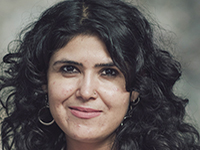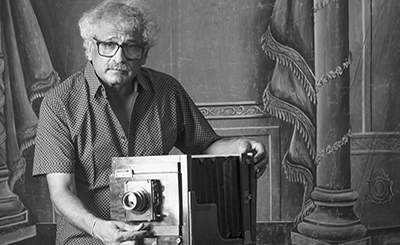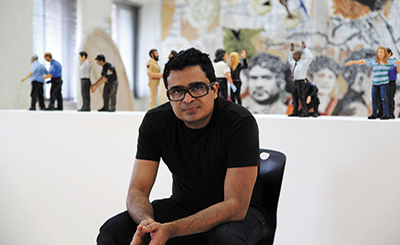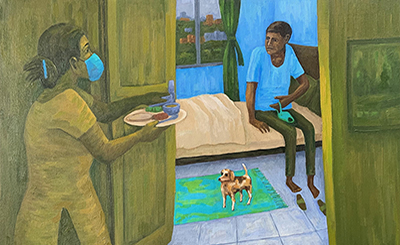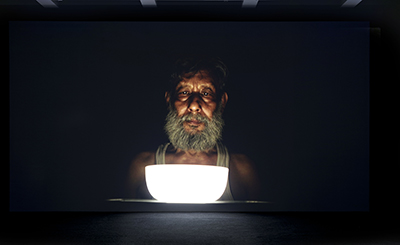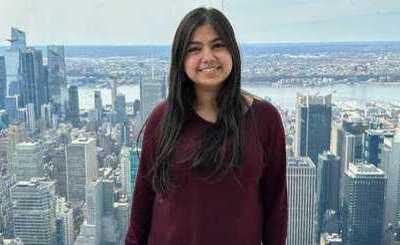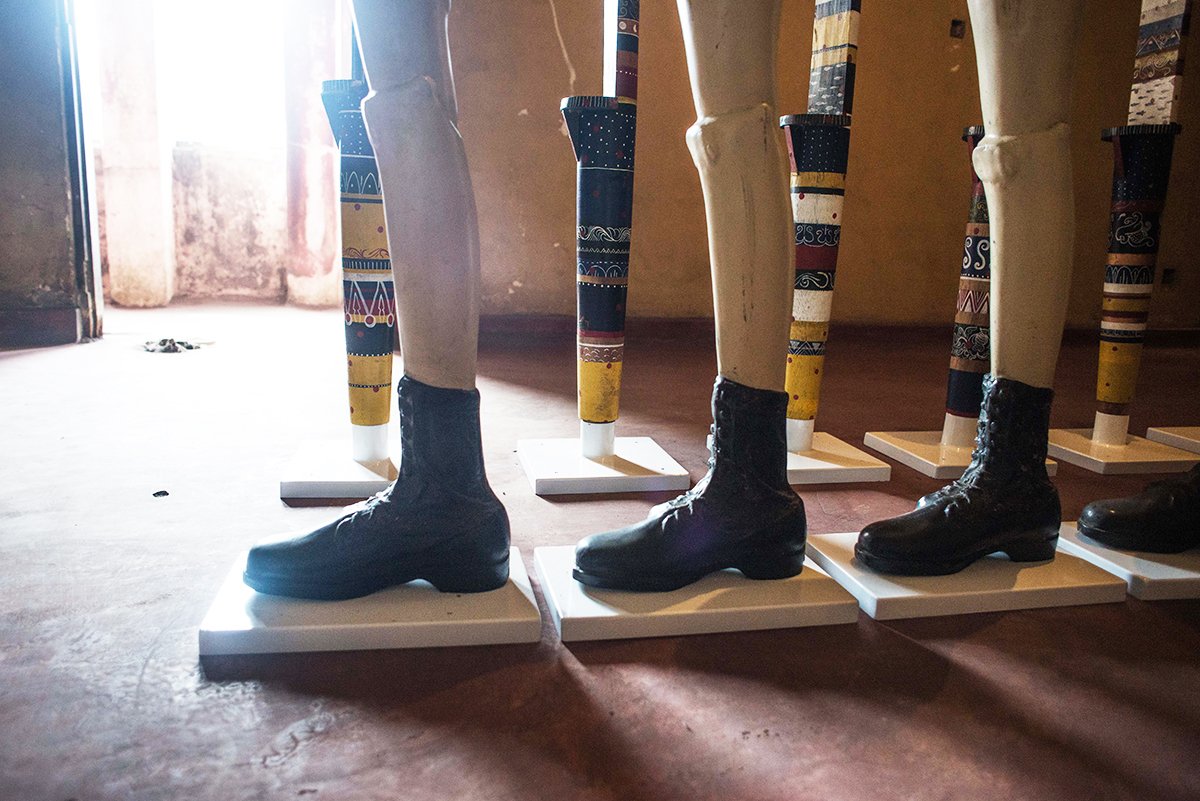
Pala Pothupitiye, Borakakul & Borakakul, 2004, Installation, Colomboscope 2015 'Shadow Scenes'. Photo: Ruvin de Silva
During the pandemic, as growing challenges emerge for independent arts initiatives and public platforms for contemporary culture in South Asia, one can’t help but be conscious of the lasting role of creative interdependence and pluralistic alliances
A digitized medieval manuscript housed at Getty Research Institute in Los Angeles revealing phases of the moon lately caught my attention. The enduring revolution of a lunar body in illustrative miniature form, drafted in ochre and blue pigments,conveyed that even while entirely confined to our homes, we are each still spinning. My practice as a curator has channeled the inner nomad in me — while identifying as South Asian first, I’ve made homes in Colombo and Berlin and typically had, until recently, a packed suitcase waiting in a corner. Until March this year, switching geographic horizons was a way to compute complex narratives of the unfolding present and foster alliances that are inter-generational, enable horizontal learning and insist on pluralistic creative formation. While this web of movement as ‘sense making’ is now contained, I have been thinking about the role of migration not simply of human bodies and cargo but, instead, of language, belief, aesthetic commitments and political imaginaries.
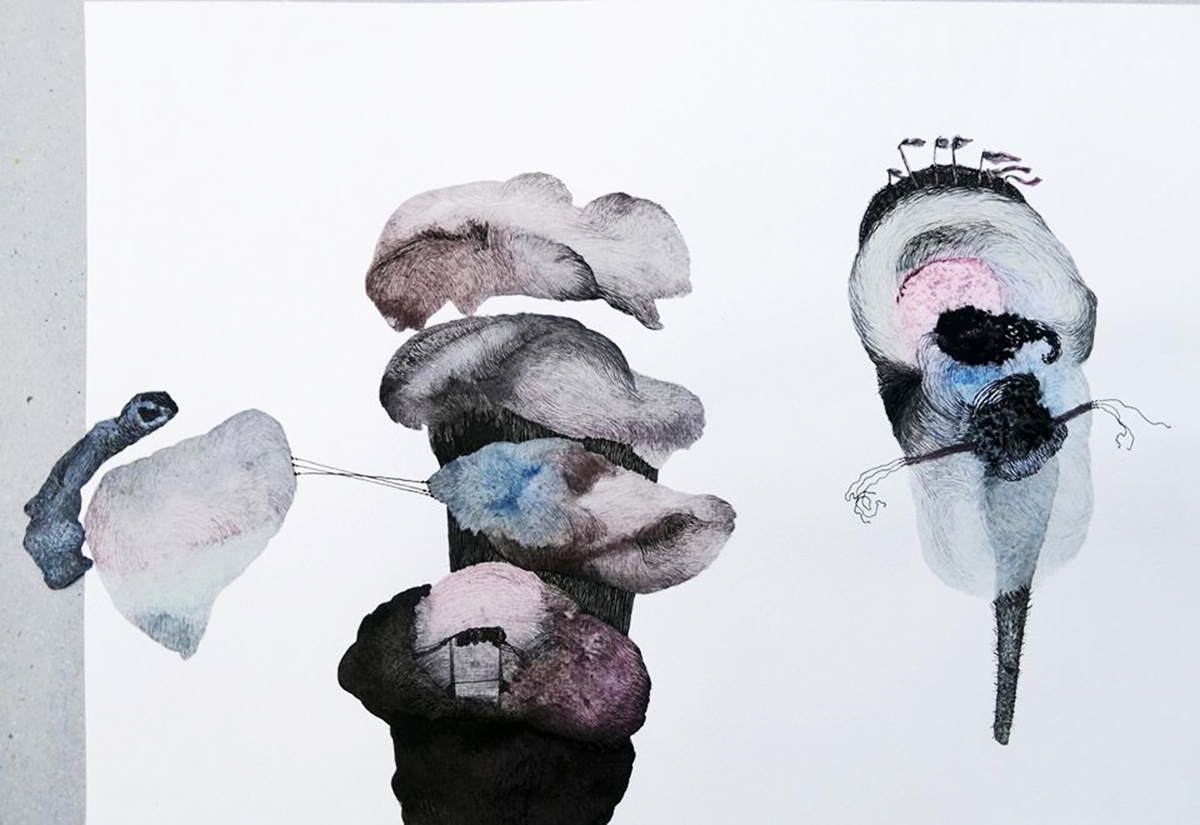
P. Rupaneethan, Untitled, 2020, pen and ink drawing, 11.7 x 8.2 inches. Image courtesy: the artist
Colomboscope is an interdisciplinary arts festival held in Sri Lanka since 2013 with a focus on cultural practitioners across generations and social realities stemming from the island’s geography at the crossroads of the Indian Ocean. While the civil war impeded international cultural exchange, in the post-war years among various art initiatives, Colomboscope is grounded in intercultural dialogue and committed to extend networks through the Indian subcontinent, while also exploring linkages to South East Asia as parts of the Sri Lankan creative community remain active in Singapore, Vietnam Malaysia, and Thailand in particular. While remaining conscious of the critique that accompanies large-format exhibitions, the lack of institutional structures and resources for enabling and circulating contemporary cultural production has led us to evolve a responsive festival model that considers sustainable ways of hosting international perspectives. The upcoming edition is titled Language is Migrant and is collaboratively curated with Delhi-based Anushka Rajendran. Chilean artist and poet Cecilia Vicuña’s poem-manifesto has brought forth this title. She writes:
“Language is migrant. Words move from language to language, from culture to culture, from mouth to mouth. Our bodies are migrants, cells and bacteria are migrants too. Even galaxies migrate.What is then this talk against migrants? It can only be talk against ourselves, against life itself.”
Inviting visual artists, poets and filmmakers Language is Migrant immerses in global flows of mobility, displacement and hybrid identities. It will stage stories of belonging—mapping our lives and bodies differently — attending to diasporic histories, poetic and embodied expression, the role of silence and rise in censorship; as well as today’s drastic pulls between isolation and civic movements.Working with different modes of transmission, including online radio, web-based projects and independent publishing, the festival will endeavor to evolve through challenges that arise with the paradoxes of connectivity and forced alienation.
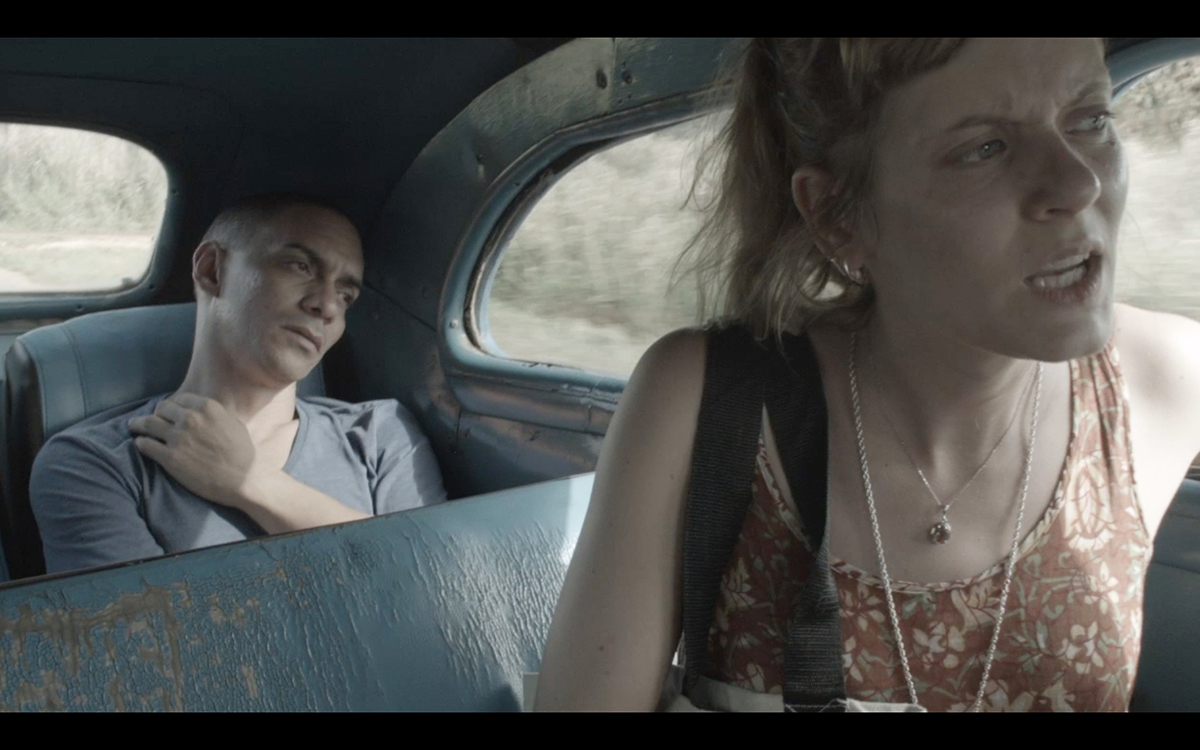 Hira Nabi, video still from El Retorno/The Return, 2016, colour. Image courtesy: the artist
Hira Nabi, video still from El Retorno/The Return, 2016, colour. Image courtesy: the artist
As curfew was announced through most parts of the country, the Colomboscope team initiated an online series called “Held Apart, Together”. We realized that amidst the flood of media broadcasts focused on the pandemic’s timeline; and chat windows morphing cultural labour into a frenzy of virtual exchanges, there needed to be another avenue for sharing the emergent ideas, struggles and responses from artists in our midst as well as the broader cultural community we have engaged with over the years.
An introductory message (over social media) stated:
“We find ourselves in the middle. There is no single composition or frame that can render visible the abstract magnitude of this collective moment—a pandemic that releases omnipresent data mapping, infected bodies, in exhaustive news feeds, and whirlpools of emotion.”
“It is also the time of reckoning with elemental lessons of interdependence. We are held apart together on a breathing planet, seeking out spaces of restorative care, virtual togetherness, mourning and the touch of duration. Lest we forget, even the moon cycles convey time as continuum. On this full moon, let us remember that artists have sought method in the madness and located madness in the method. They have for long reflected on system failures and unequal suffering, but also given footholds into the imagination — that is reshaping the present as we
know it.”
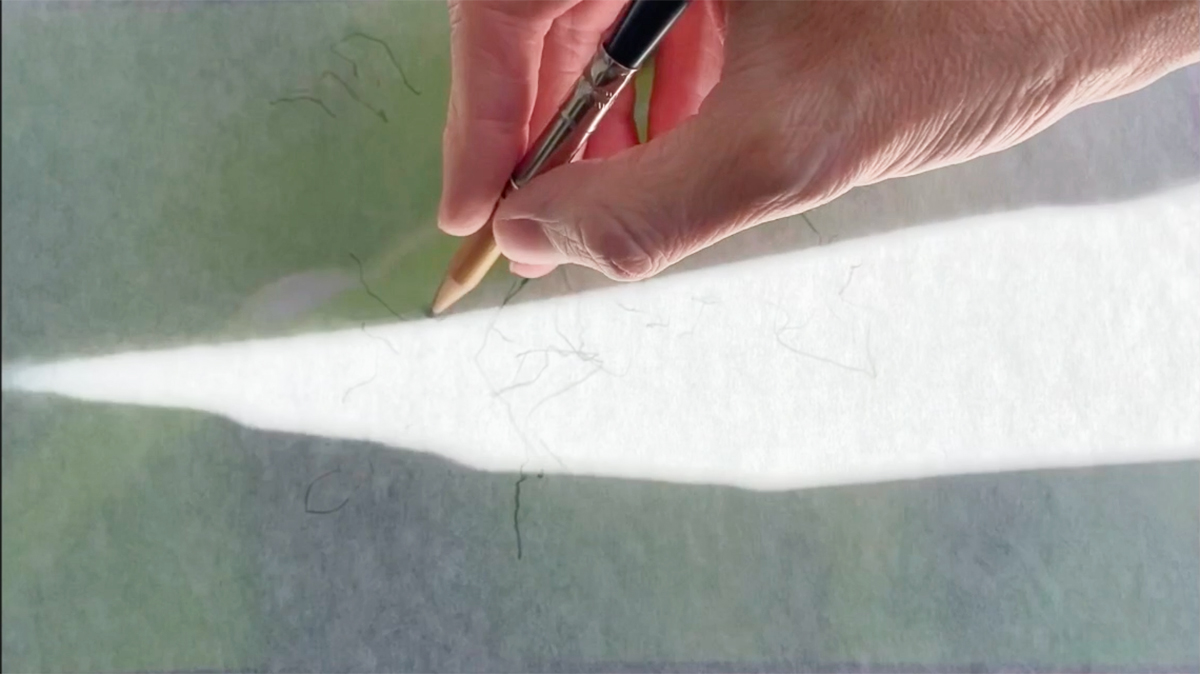
Pedro Gómez-Egaña, video still from WHALES, 2020, digital video. Image courtesy: the artist
In the weeks that followed, artists developed formats that privilege listening, as our ears are attuned to the immediate environment, learning to hear the onset of spring without the buzz of swarming streets. Vocalist and musician Hania Luthufi shared her riyaaz sessions as an offering to enter the rhythm cycle of morning with aarohan-aavarohan and composing in raga Megh as rain clouds began to rumble. Lately, we have shared an ambient electronic soundscape with generative visuals created by Colombo-based electronic music producers and graphic designers Asvajit Boyle and Nigel Perera.
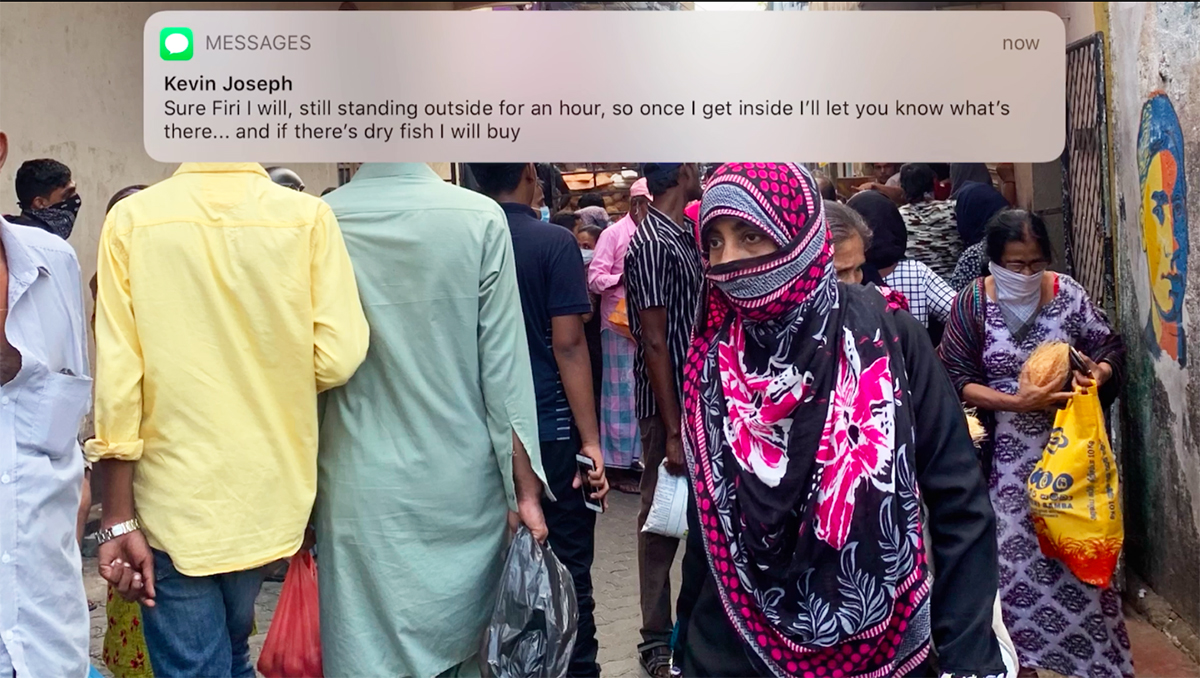
We Are From Here, part of an ongoing digital series #untiltomorrow (episode 2), 2020, Commissioned by Colomboscope. Image courtesy: the artists
When reaching out to artists in different parts of the island, we also realized there was a lack of effective record keeping on daily challenges that entered with restricted living, the closing of street economies and for the informalised labour sector in particular. With the artist collective We Are From Here, led by Firi Rahman, Colombocope invited a series of dispatches documenting the curfew from one of Colombo’s most ethnically diverse neighbourhoods, Kompannavidiya (Slave Island).
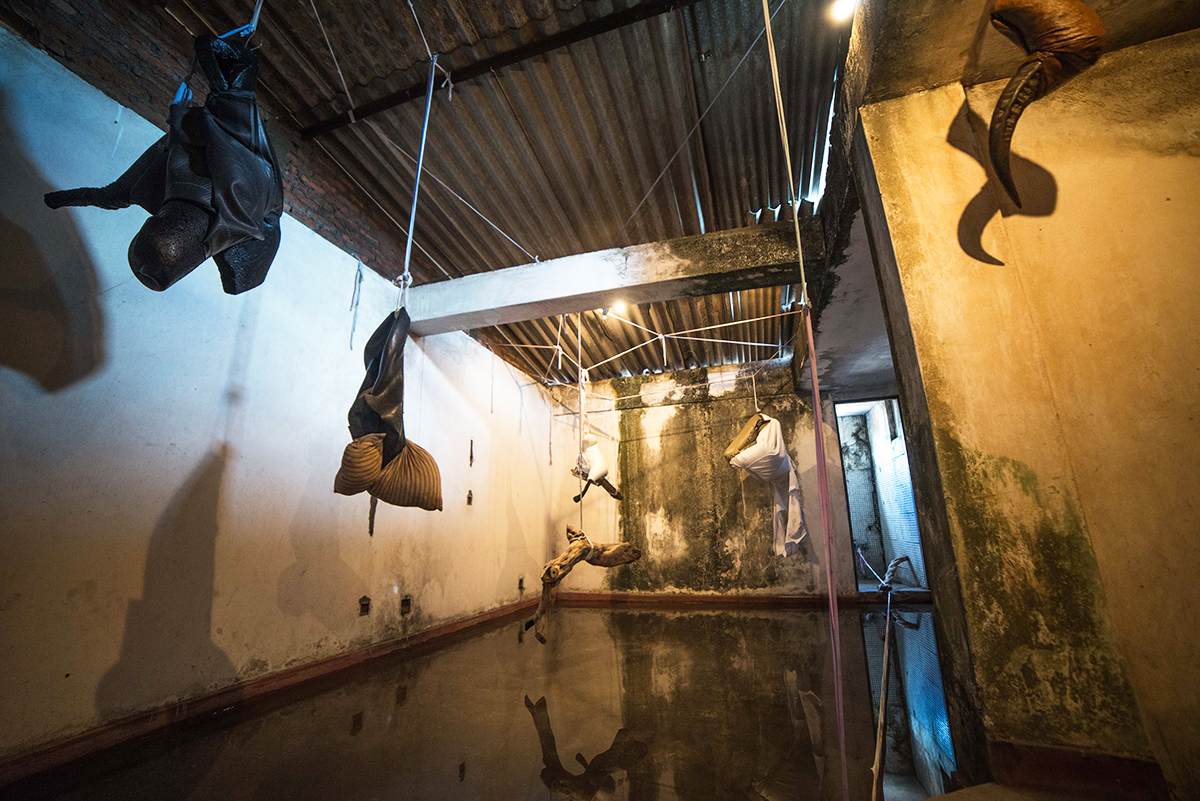
Mahen Perera, Things, 2015, site-responsive sculpture, commissioned by Colomboscope 2015 'Shadow Scenes’. Photo: Ruvin de Silva
As a rapidly transforming area with unique architectural features, street trade and communitarian practices, these short videos gave a sense of resilience, generosity and struggle in a specific region of the metropolis that has undergone displacements, evictions and destruction in the name of urban regeneration and, moreover, it has been a crucial realm for the festival to manifest and grow over the years.
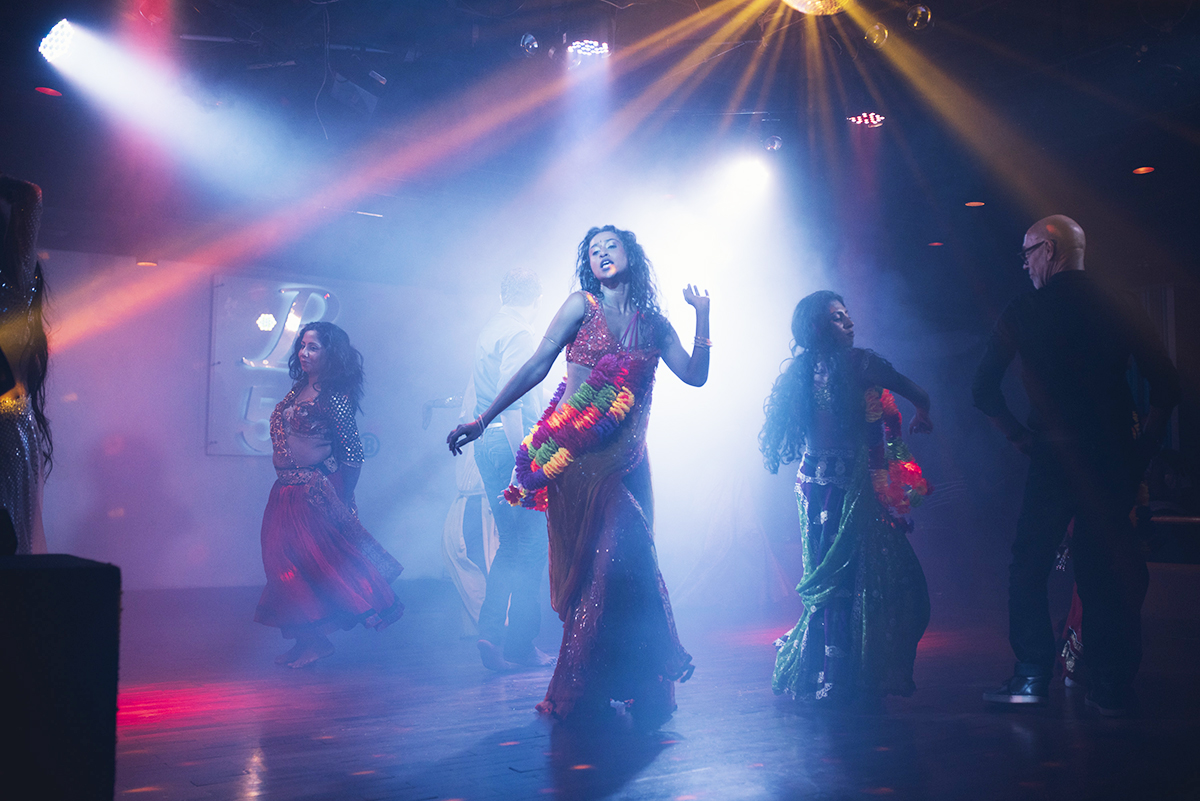
Venuri Perera, I Dance For, 2019. Performance view, B52 at the Grand Oriental Hotel, Colombo, Sri Lanka, January 25, 2019. Photo: Ruvin de Silva.
As structural weaknesses and inequalities within the cultural economy become further visible through the pandemic, one is increasingly conscious of the lasting role of creative interdependence and mutuality as things literally fall apart—especially for independent arts initiatives and public platforms for contemporary culture in South Asia, we must remember that isolation and loneliness is the defining condition of totalitarianism. As Hannah Arendt posits, “Isolation may be the beginning of terror; it certainly is its most fertile ground; it always is its result.”
This piece is a part of our special issue on Art in the time of Pandemic, curated by critic, author and one of our contributing editors, Ina Puri
More from Arts
Comments
*Comments will be moderated



